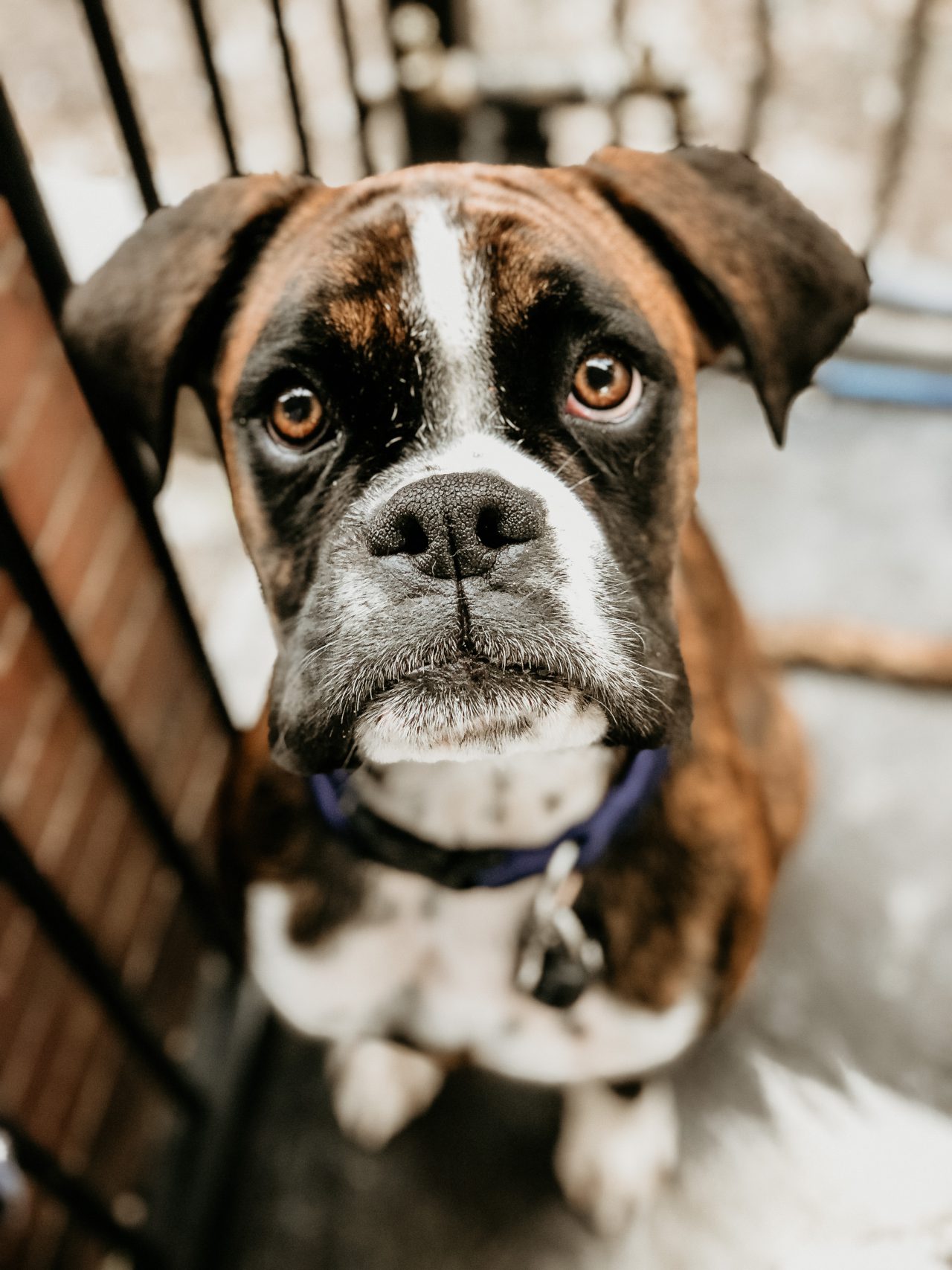With much of the community spending a heck of a lot more time at home thanks to the Covid lockdowns, our dogs have really become used to our presence. For many, now more than ever may even seem like the best time to bring a new dog into your life.
Whilst it’s no doubt that being at home more provides the perfect opportunity to spend one-on-one time bonding with your new dog, being around and available for your dog at every minute of the day when they’re after a pat, feed, or just some company is not always the best idea.
Spending most of our time together can certainly increase the human-animal bond and deepen our relationship with our pets. However, as we return to work and life outside the home after this period of near-constant togetherness, our pets may be at risk of developing separation anxiety.
Having the opportunity to spend more time at home with our pets is a pretty blissful idea (who doesn’t want the company of dog 24/7?). Particularly when bringing a new dog into the home (such as a puppy or rescue), it’s hard to resist spending every waking moment with or around them – letting them sit with you on the lounge, inviting them into bed at night, or having them join you on every trip out of the house.

The issue is, dogs are more anxious than most owners would expect. Their receptiveness to humans means they can often mirror the emotions they express. Now with the strict lockdowns in place across NSW, according to Vets, coming out of isolation might be more of a problem for our pets than it is for us.
We’re already beginning to see the effects that Covid-19’s mass confinement is putting on the stress and behaviour of some pets; one Client recently came to us for advice after their Dachshund pup had already begun reacting badly to their return-to-work schedule. Despite the Dachshund receiving regular walks every afternoon and plenty of attention when the owner was home, the owner was consistently returning home from work to find her house slowly being chewed to pieces by their young pup.
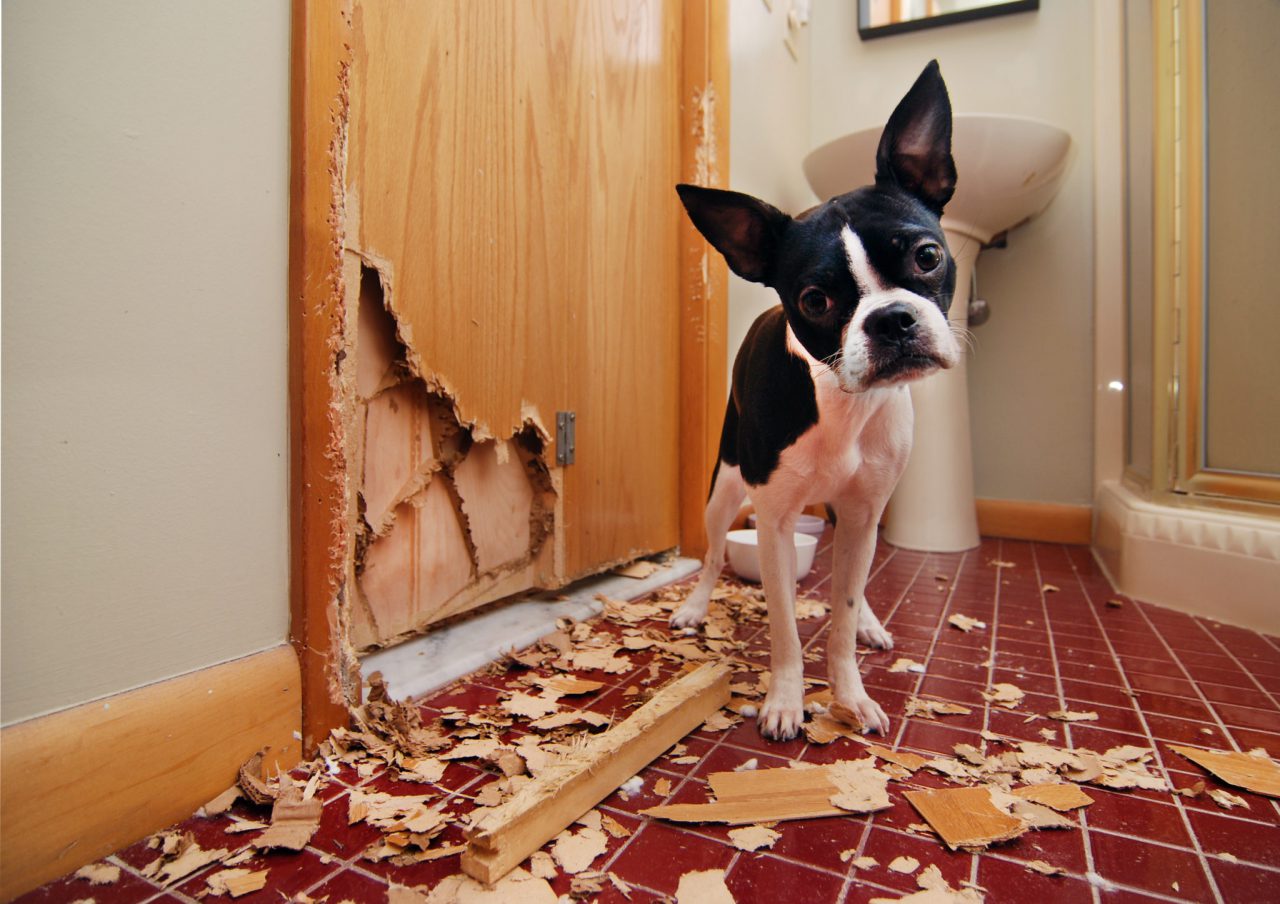
Dog Behaviour is fairly black-and-white, so it’s important to view any unusual or ‘naughty’ behaviour from your dog as something that should be assessed and worked on to ultimately benefit their state of mind. Our Client could have easily played off the chewing as ‘typical naughty puppy behaviour’, but instead she did the right thing by coming to us for some extra advice.
Recognising the Signs
Changing your dog’s behaviour is pretty simple if you’re able to recognise the signs of Separation Anxiety. Separation Anxiety in dogs has been found to be the primary reason behind many frantic and destructive behaviours that pet parents often mistake for other behavioural problems. Treatment for separation anxiety is essential because it will make your dog calm and happy, which means you stop coming home to a house that’s half chewed-up!
Signs of Separation Anxiety in Dogs
These include:
-
Salivating
-
Barking
-
Howling
-
Dilated pupils
-
Panting
-
Trembling
-
Pacing
Behavioural signs for Separation Anxiety in your dog could also include:
-
Ignoring their food
-
Coprophagia (i.e. Consuming feces)
-
Destroying items in the home
-
Scratching at furniture
-
Attempting to escape from a crate or room
-
Exuberantly greeting their owner as if they haven’t seen them in years
So What Can We Recommend?
Here are our best recommendations of treating Separation Anxiety issues in your dog:
1. Change Your “Going Away” Signals
Use a different door, put your coat on but don’t leave for 15 minutes, or leave your keys/purse/shoes in a different location. The goal is to break your dog’s association of these actions with your departure and not let them trigger separation anxiety.
When you leave, give your dog a treat or a toy to play with to distract them. Calming treats for dogs can be used as a short-term remedy for separation anxiety. They will also teach your pooch that being alone is not scary and create positive associations with your departure.
2. Downplay Goodbyes and Hellos
Don’t get emotional when leaving your dog and overexcited when you come back. By paying too much attention to your departure and return, you risk reinforcing your dog’s fear of your absence. Calmly say goodbye and leave. When you come back, quietly say hello and don’t get too affectionate until your dog has calmed down.
3. Make Sure Your Dog is Used to Being Alone When You’re Home
Tell your dog to stay in a room by themselves while you go to a different part of the house. If your dog has severe separation anxiety, start with small 5-10 second intervals and work up to 20-30 minutes over several weeks.
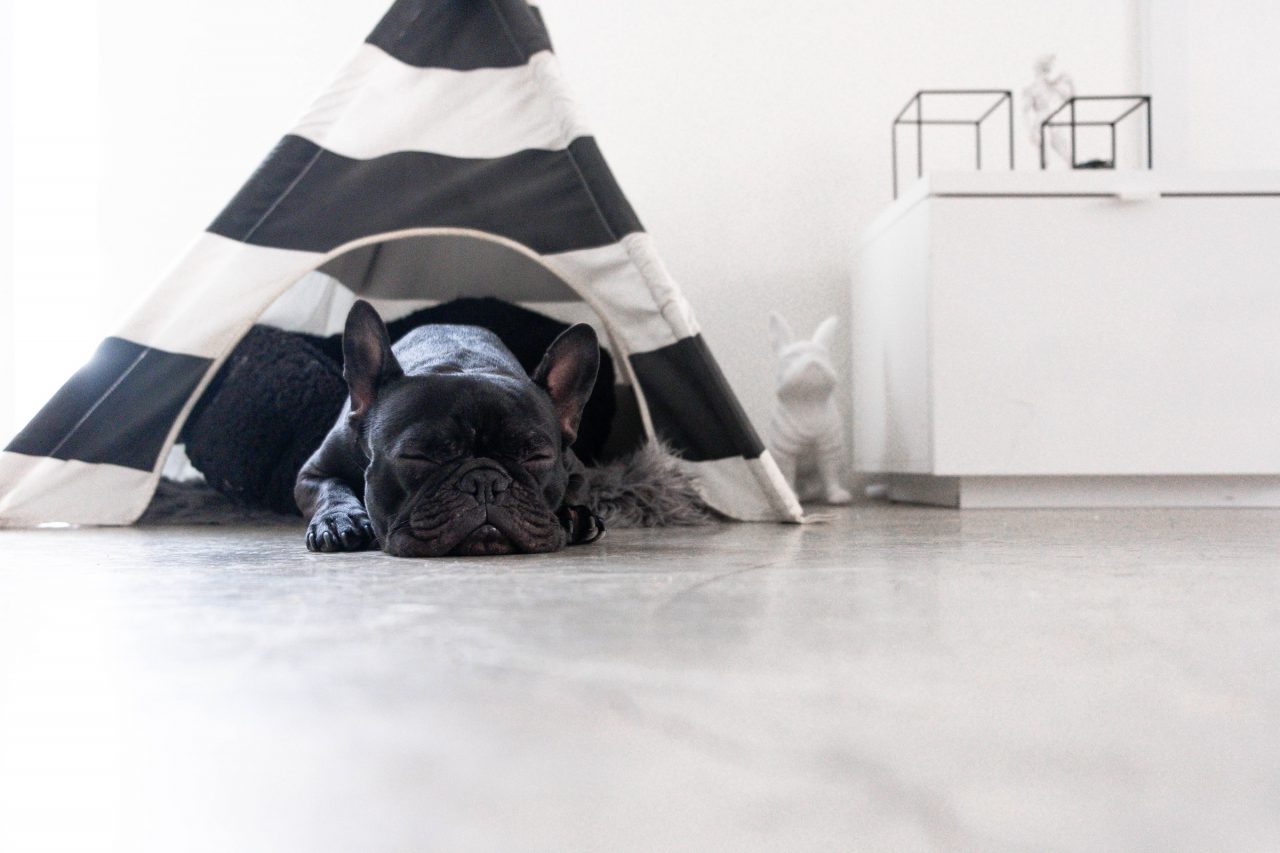
4. Create Their Own Personal Space with Place Training
Instead of sleeping with your dog or always letting them sit on the lounge with you, try some place training. Training your dog to go to its place can be helpful when you need it to settle down, get out from under your feet, or leave you alone for a period of time. You can pick one place in your home or a different place in each room to send your dog when you tell it to go to its place. Their place will become their safety and comfort zone where they can be independent of you, which will help ease their anxiety when you’re away from them.
5. Leave Comfort Items and Background Music On
Items that have your scent such as dirty laundry can help your dog relax and remember that you will come back. Remove stress factors such as chokers, collars, chains, or crates if your dog doesn’t like them. Hide treats around the house so they can hunt them while you’re away. We also recommend leaving the TV/radio on for them as comforting background noise for while you’re gone.
6. Don’t Leave Your Dog Alone for Too Long
Your dog can learn to be alone for part of the day, but try not to be away for longer than 6-8 hours. If possible, try structuring your errands so that you are only away for short periods of time.
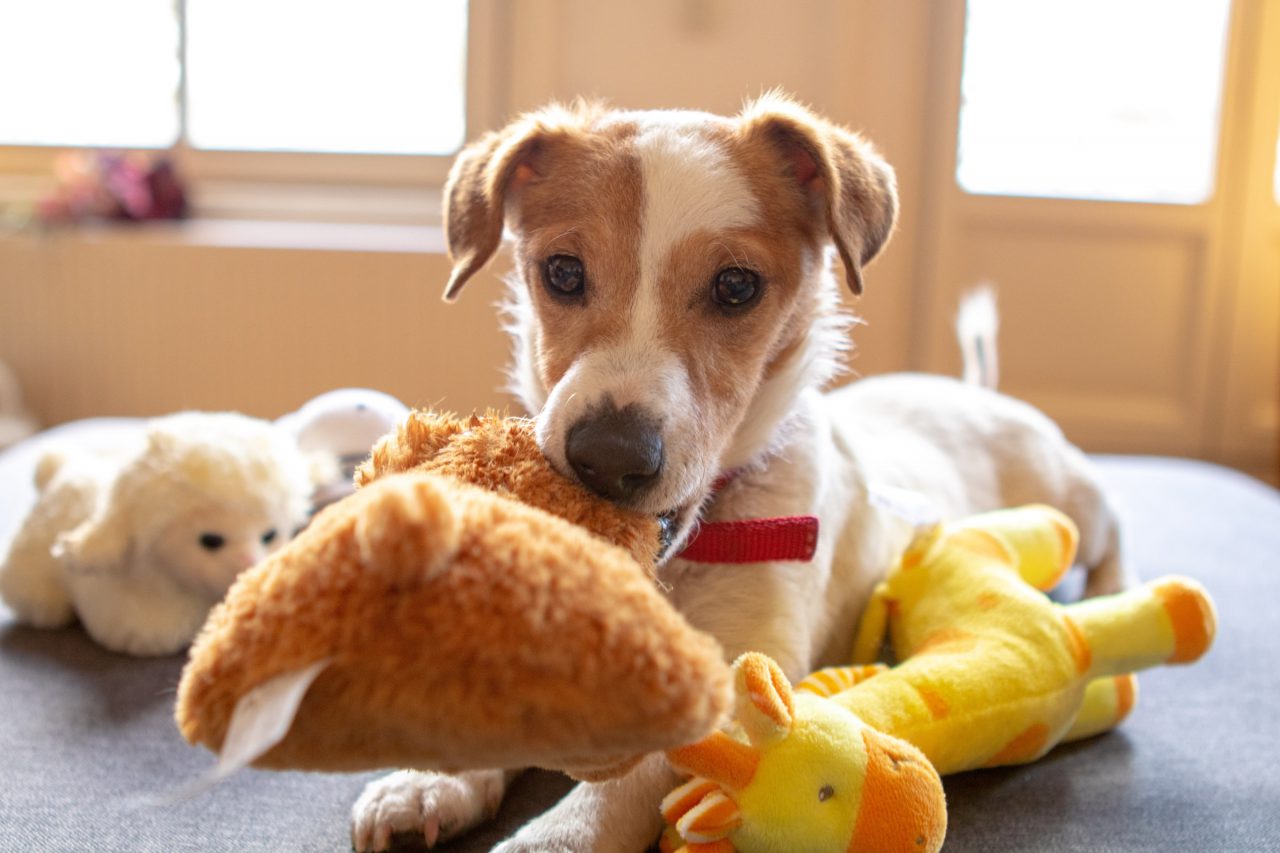
7. Try Anxiety Treatment Pet Supplies
To treat severe separation anxiety in dogs, consider a calming medicine or natural treat (we recommend contacting your Vet to discuss what’s best suited for your dog’s needs). A dog swaddling jacket can also help ease your pup’s anxiety by applying constant gentle pressure to their body.
KONG toys and other similar products are also fantastic for entertaining your dog by engaging them to work for a treat, which can keep them busy for a long period of time.
Check out a whole range of Anxiety & Stress Relief products here.
8. Help Keep Them Busy While You’re Gone & Help Them Build Confidence & Independence
While you’re returning back to work and life’s essential duties post-lockdown, help your dog break up their day at home with regular outings with Pawz & Me. We offer a range of one-on-one and group outings which can help them to burn off all that extra energy, meet new doggy friends, and actually look forward to coming home so they can have a good snooze before your return.
Regular exercise is not only vital for your dog’s physical and mental health, but socialising your dog to the world around them with a regular outing also fosters healthy psychological growth & builds confidence.
Socialisation with other dogs also has a huge range of benefits. Our group outings take dogs to a range of different off-leash areas throughout the Camden and Campbelltown areas where they can be exposed to new sights, sounds, and experiences, which is fantastic for confidence-building and helping dogs find their independence.
If you’ve got a new pup who’s too young to begin outings outside the home and socialising with other dogs just yet, you can also have a read of our super simple tips to help expose your dog to a range of new experiences before their final injections.
If your busy human schedule is getting in the way of at-home training and socialisation for your pup, why not consider our Pet Sitting By The Hour service? Similar to babysitting, we can provide longer sessions with your pup within your home to help break up their day and continue with their puppy training. Throughout these sessions, we work on a range of different puppy training needs such as crate training, toilet training, leash skills, structured play, basic tricks and discipline, and more.
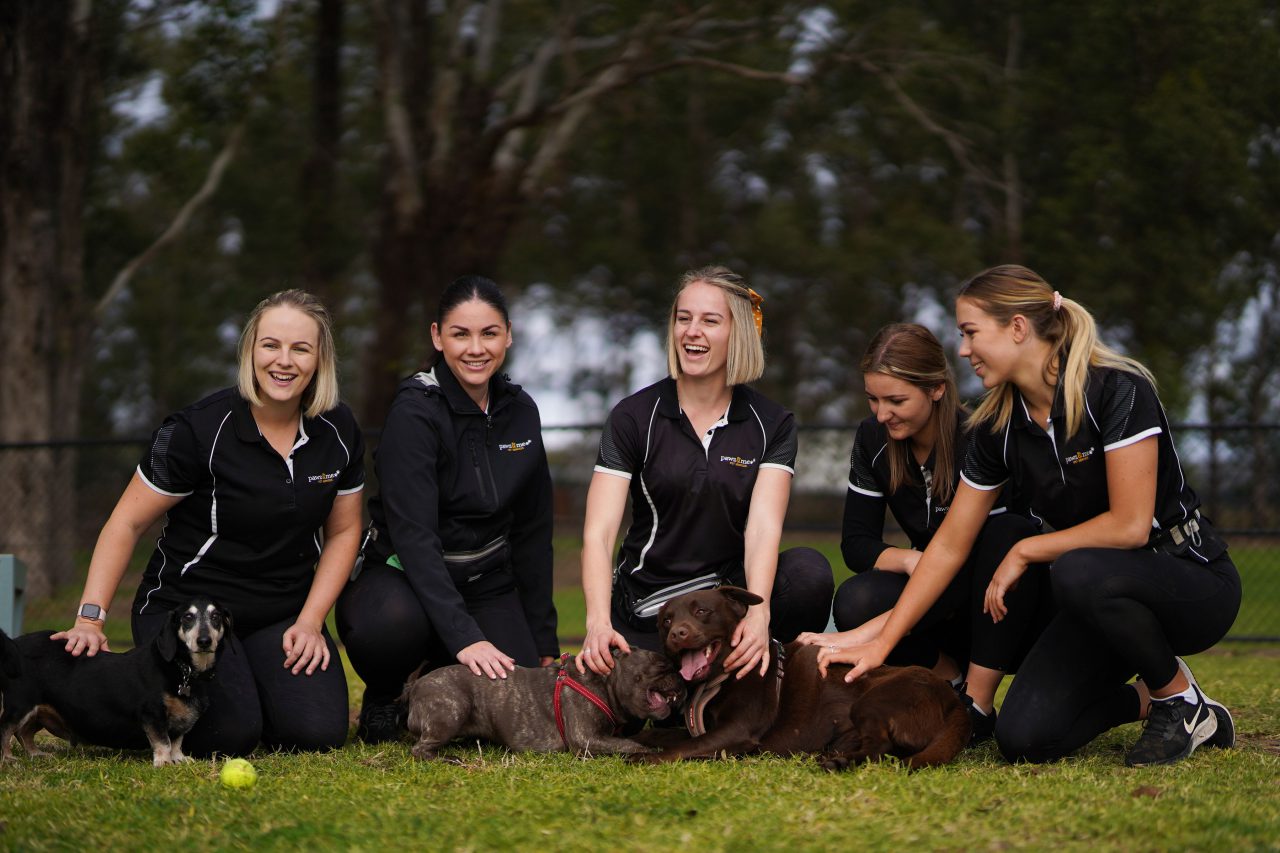
What have you personally tried that has helped to reduce the stress and anxiety in your dog?
Would you consider trialling our recommendations above?
Let us know in the comments below.

